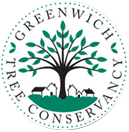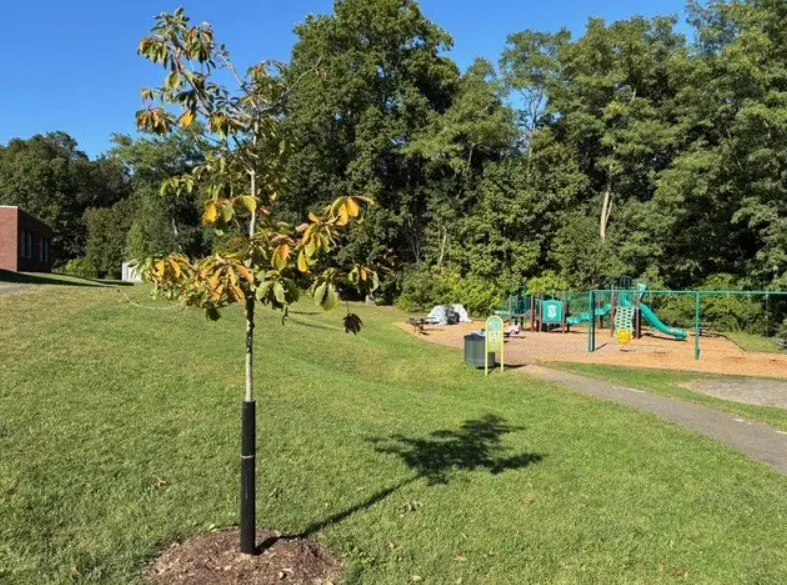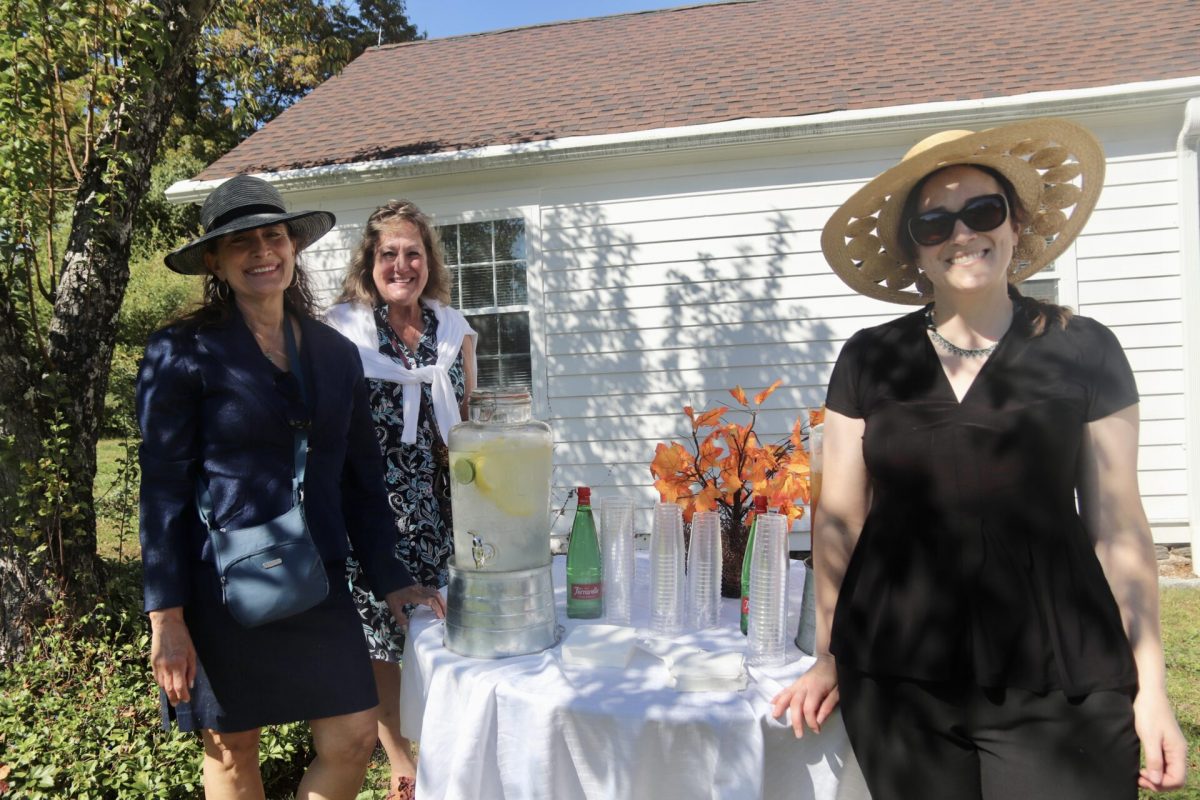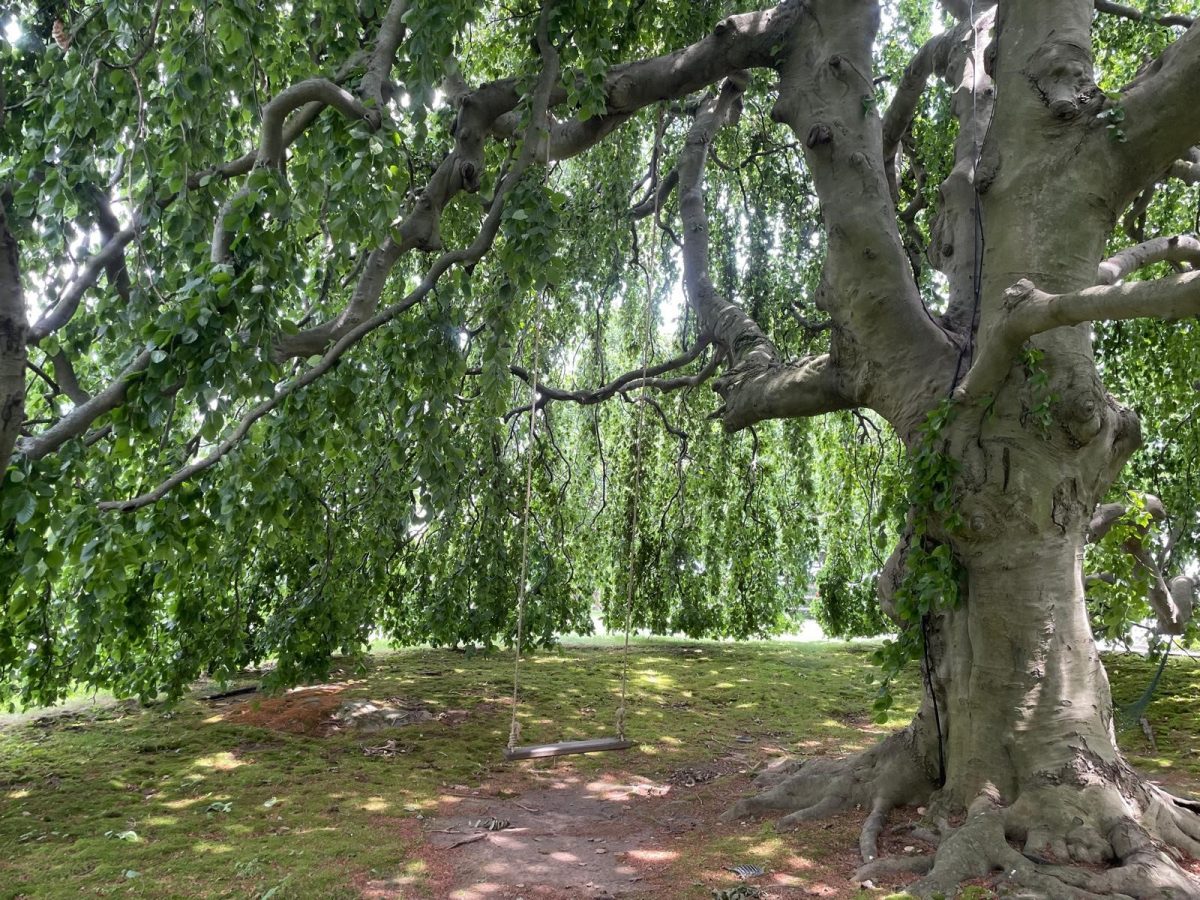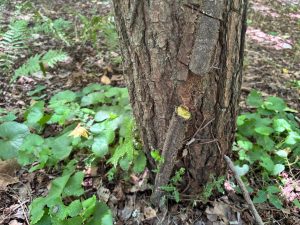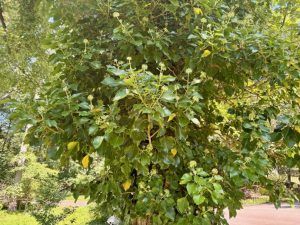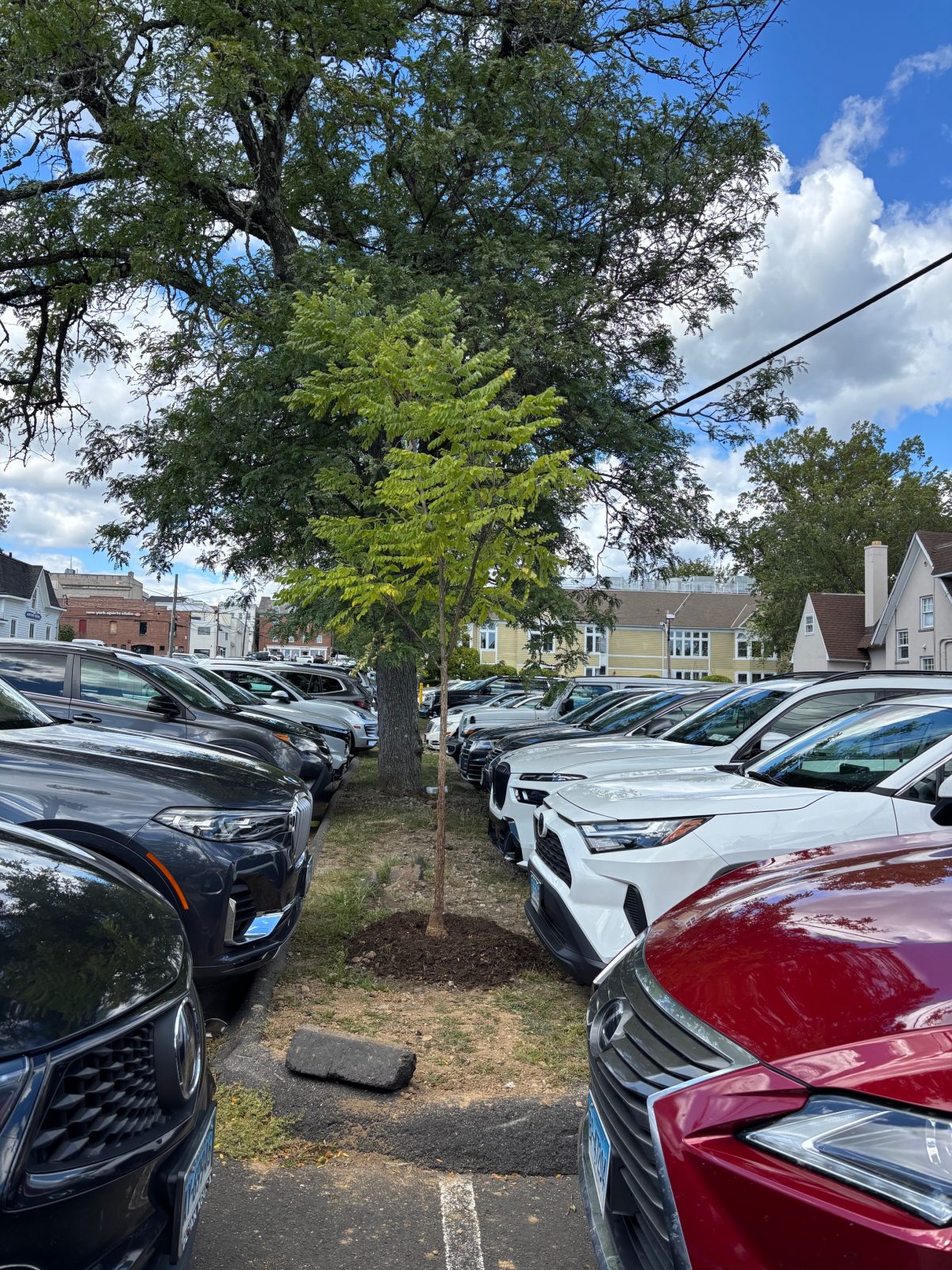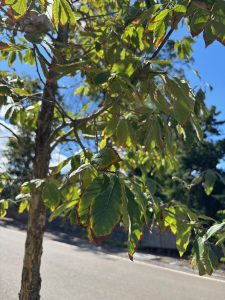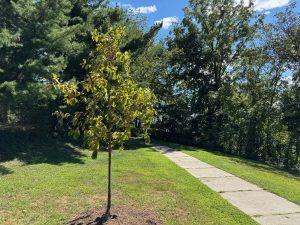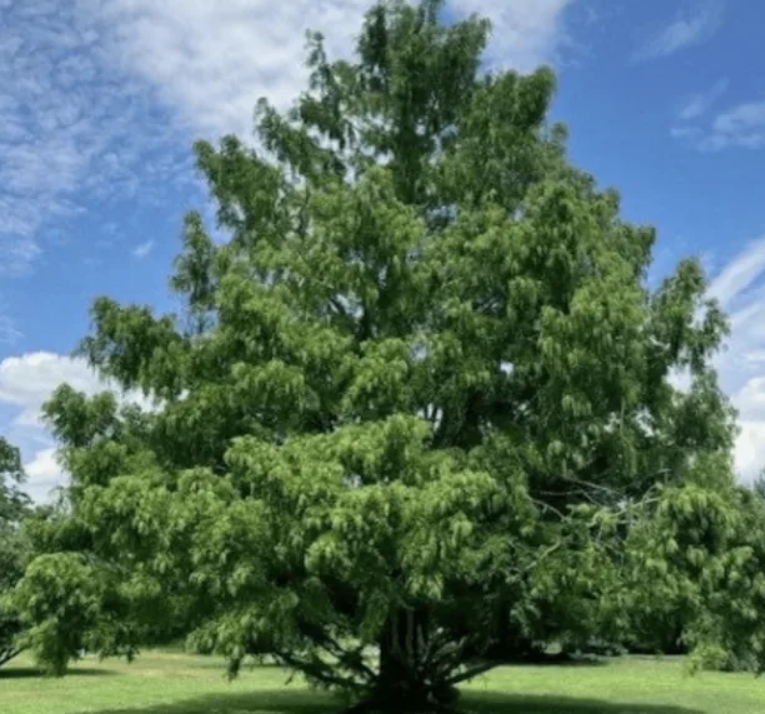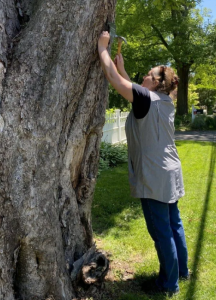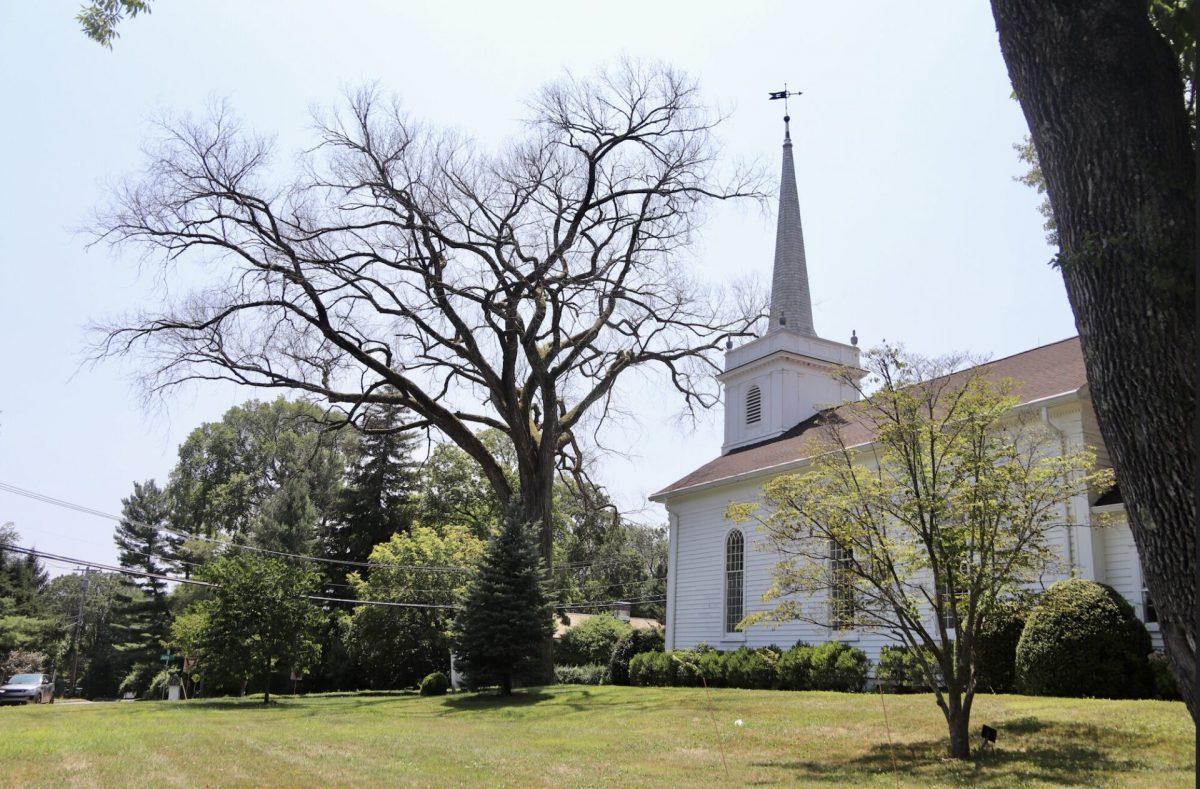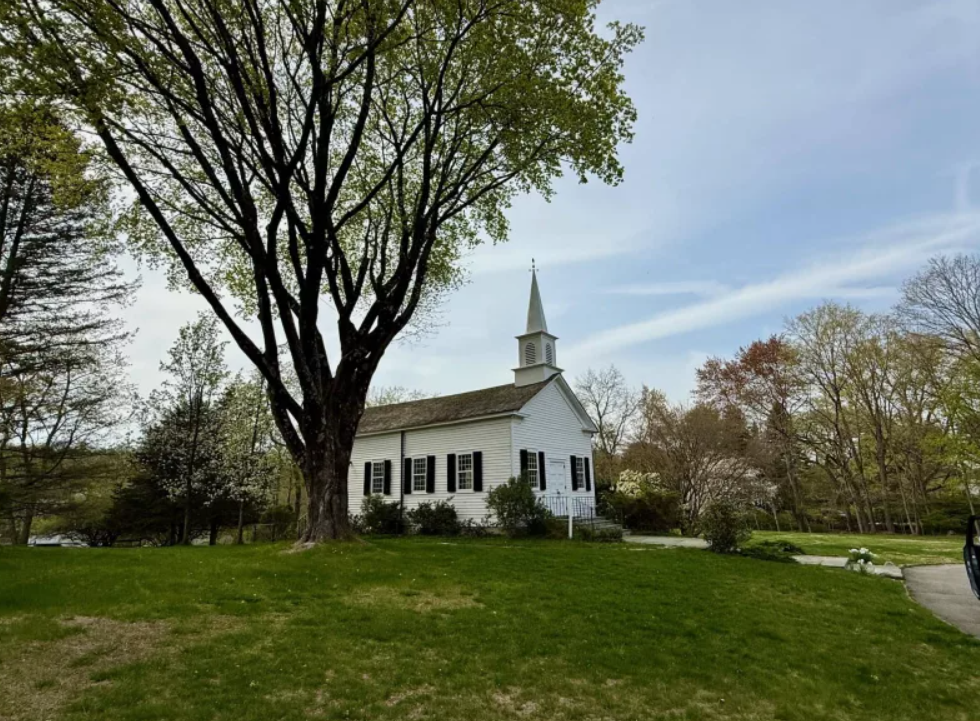By Kate Dzikiewicz
September is back to school season here in Greenwich, and to celebrate, the Greenwich Tree Conservancy recently planted thirteen new trees on the Glenville School campus to welcome in our returning students.
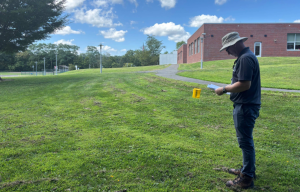
Trees provide countless benefits wherever they are. They filter harmful pollutants from the air, improve neighborhood health, and enhance community wellbeing. Around schools, however, trees offer unique advantages that directly support students’ learning and development, which makes planting and preserving them on campuses especially important.
One fascinating study, led by Dr. Ming Kuo at the University of Illinois, explored the connection between greenery and children’s academic performance. Her research looked at the impact of trees, shrubs, and grasses on student outcomes, while also considering demographic factors such as income that might play a role.
She found that among all types of landscape plants, trees had the greatest impact on student achievement. Students at schools with more trees performed better in math than those at schools with fewer, and she is not alone in this finding. Other studies have revealed that schools where students could see trees from the cafeteria had higher graduation rates and received more academic awards. In neighborhoods with greater tree cover, standardized test scores were also consistently higher, even after accounting for other demographic differences that impact student success.

Why are trees so beneficial for learning? Academic performance depends on more than curriculum and teacher ability. A student’s ability to concentrate, manage stress, and stay motivated are all important to their overall learning and have been shown to improve when students are able to see trees around the schoolyard. Classrooms with green surroundings help children focus more effectively, reduce stress, and create a calmer atmosphere that supports learning.
At Glenville School, the new plantings were chosen from our Connecticut native species, including six of Connecticut’s twelve native oaks. Oaks are especially valuable in local ecosystems and support a wide variety of wildlife. Blue jays rely on their acorns, chickadees feed on the caterpillars that live on oak leaves, and countless insects and birds depend on them throughout the year. These new trees will not only contribute to student success, but will also invite birds, butterflies, and other pollinators onto the school grounds.
As a community, we instinctively recognize the restorative effect of nature. Scientific research now reinforces what many have long felt, that even a view of trees from a window makes a measurable difference in our state of mind. With each new planting, the Greenwich Tree Conservancy hopes to create more peaceful, supportive, and inspiring learning environments. We look forward to continuing to add trees to school campuses across town, fostering healthier habitats and brighter futures for Greenwich students.
Kate Dzikiewicz
Executive Director, Greenwich Tree Conservancy
